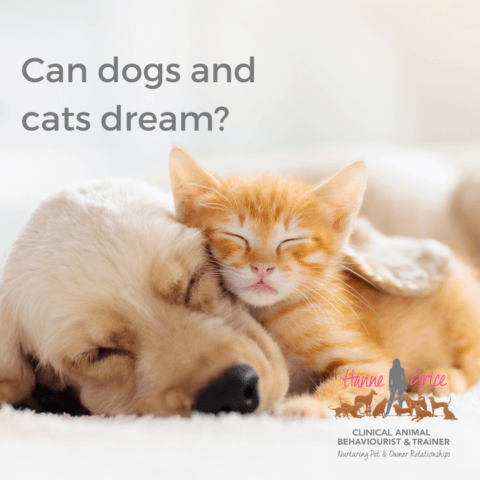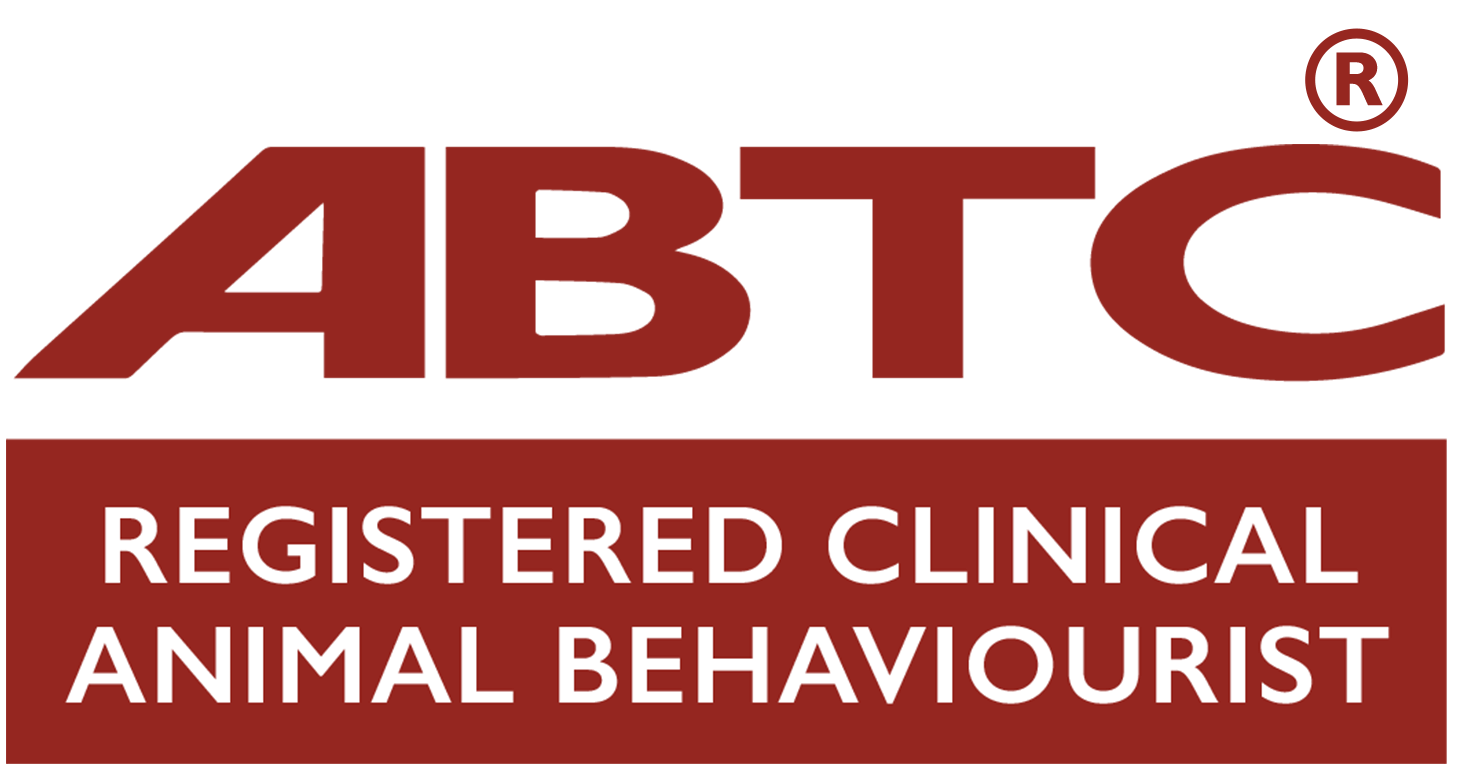If you’re a pet owner, you’ve probably found yourself watching your furry friend as they sleep, wondering what’s going on inside their heads as their paws move or eyelids flicker. Whether dogs and cats dream like humans do is a question that has interested pet carers and researchers for years. Thanks to technological advances, this has helped shed light on pet dreams.

Can pets dream, and if so, what about?
The idea of animals dreaming would have been dismissed by many a few centuries ago when animals, such as dogs, were seen as incapable of emotions, let alone experiencing dreams as humans do. However, a growing body of research and evidence suggests that dogs and cats may indeed experience dreams. One of the earliest pieces of evidence suggesting our pets dream comes from observing their behaviours during sleep. You may have noticed your dog or cat twitching, moving their paws, or even vocalising while they sleep. These actions are similar to the rapid eye movement (REM) sleep seen in humans, a stage of sleep closely associated with dreaming.
The sleeping brain is highly active during REM sleep, resembling the brain activity observed during wakefulness. This suggests that dogs and cats may be immersed in some form of dreamlike state during this stage of sleep. It is hypothesised that this activity may be related to processing memories and experiences, much like humans dream about their daily lives. Consequently, sleep boosts memory formation, and the old saying of “let sleeping dogs lie” is important in such contexts, as disrupted sleep can impede memory and learning and lower tolerance levels (much like us humans!).
Dogs may sleep between 14-16 hours a day; this figure can increase to 18 hours – for young and older dogs, and/or where health status, general activity levels, access to the outdoors, and other factors come into play. However, unlike humans, our canine friends have much shorter sleep cycles: humans may have four to six 90-minute sleep cycles, whereas dogs can experience around 15-20 cycles per night. Meanwhile, adult cats can sleep around 16 hours per day, and this increases as they age to around 20 hours. A study of cats aged 11 and up found that most slept between 12 and 18 hours a day, though a significant number slept more. It is during REM sleep (as opposed to non-REM sleep) where our pets likely have their most vivid dreaming.
Technological advances
Advancements in neuroimaging techniques, such as functional Magnetic Resonance Imaging (fMRI), have provided further insights into the dreaming potential of dogs and cats. While scanning a sleeping animal is challenging, researchers have used fMRI to study brain activity in both awake and anesthetised animals to make inferences about their sleep patterns.
Dr Stanley Coren and colleagues (2013), used fMRI to examine the brain activity of dogs. They found that the canine brain showed patterns consistent with human REM sleep during certain sleep stages. This suggests that dogs may experience dreams, although the exact content of those dreams remains a mystery!
Research by Matthew Wilson (2001) provided further evidence. The study involved recording the brain activity of rats navigating a maze and then comparing it to their brain activity during sleep. The researchers found that the rats’ brain activity during sleep closely resembled their waking activity while navigating the maze. This suggests that rats, and most likely other animals that have similar brain structures to humans, may dream about their daily experiences – and arguably significant past experiences too.
While we cannot climb inside a dog’s or cat’s head to see what they are dreaming about, we can make educated guesses based on their behaviours we observe and their experiences. For example, we could guess that dogs may dream about chasing balls, playing with other dogs, or even being fed their favourite treats. Whilst cats might dream of stalking prey, exploring their territory, or enjoying a nap in a sunbeam. So, it is possible that our pet’s dreams likely reflect their typical daily activities and interests.
Fascinating research by David M. Pena-Guzman suggests that pons, a brain structure that inhibits movement during REM sleep, play a vital role in preventing pets from physically acting out their dreams. This inhibition may explain why you observe your sleeping dog ‘running’ in their sleep without performing the physical action of standing up and running about.
Watch the video below to see how MRI is used to study dogs’ brains when awake, and how they train dogs to lay in scanners [Video credit: BBC Earth, 2014].
Key takeaways
The question of whether dogs and cats dream continues to intrigue pet owners and researchers alike. While conclusive proof may still elude us, the combination of behavioural observations and advances in neuroimaging technology offers compelling evidence that our four-legged friends experience dreams. However, to date, we still cannot confirm what they are actually dreaming about, although we might hazard a guess!
References
- Coren, S. (2013). Do Dogs Dream?: Nearly Everything Your Dog Wants You to Know (Reprint edition). W. W. Norton & Co.
- Maquet, P., Ruby, P., & Maudoux, A. (2005). Human cognition during REM sleep and the activity profile within frontal and parietal cortices: a reappraisal of functional neuroimaging data. Progress in Brain Research, 150, 219-227.
- Parker, M., Lamoureux, S., Challet, E. et al. Daily rhythms in food intake and locomotor activity in a colony of domestic cats. Animal Biotelemetry 7, 25 (2019). https://doi.org/10.1186/s40317-019-0188-0
- Peña-Guzmán, D. (2022). The Hidden World of Animal Consciousness. Princeton University Press.
- Wilson, M. A., & McNaughton, B. L. (1994). Reactivation of hippocampal ensemble memories during sleep. Science, 265(5172), 676-679.
Learn more about our classes

Get Hanne's Book
Playing With Your Dog will help any dog owner work out the games that are best suited for their pet to play throughout his life, from puppyhood to old age. The book also shares some tricks for all ages, group activities, and recommended toys that dogs will enjoy.

























